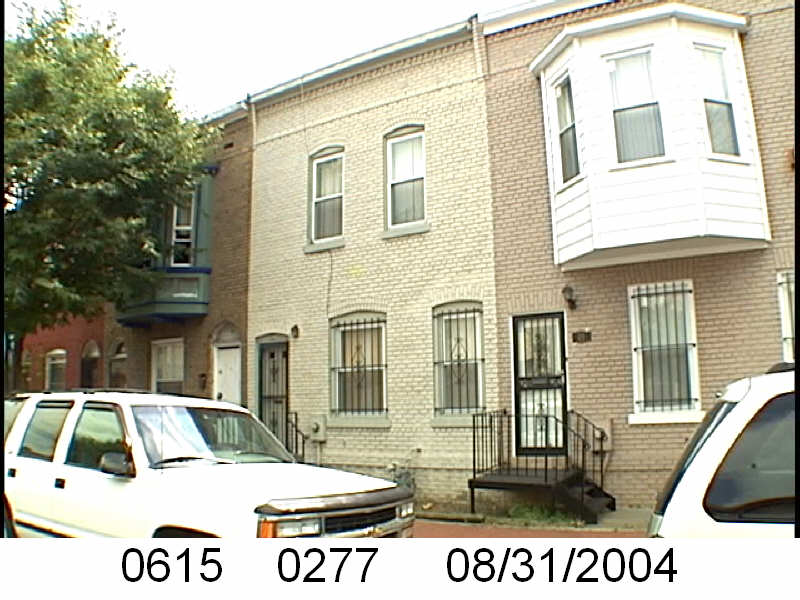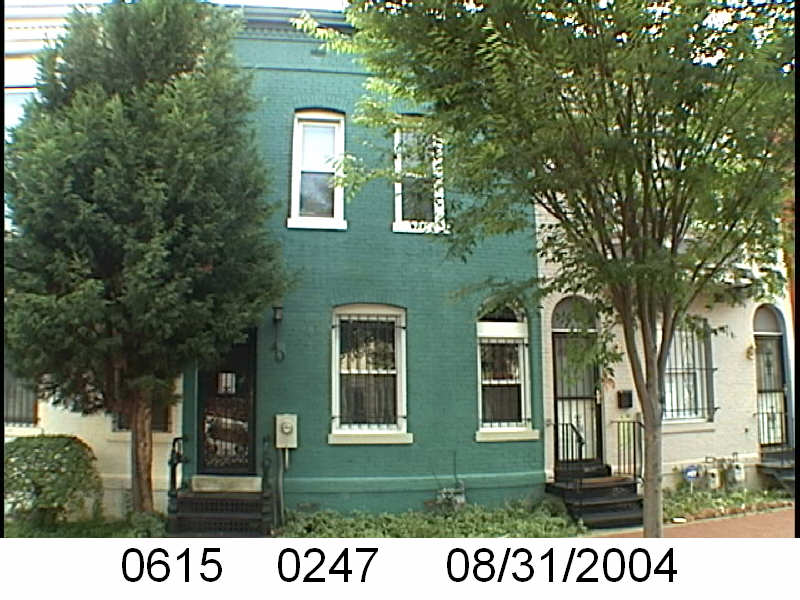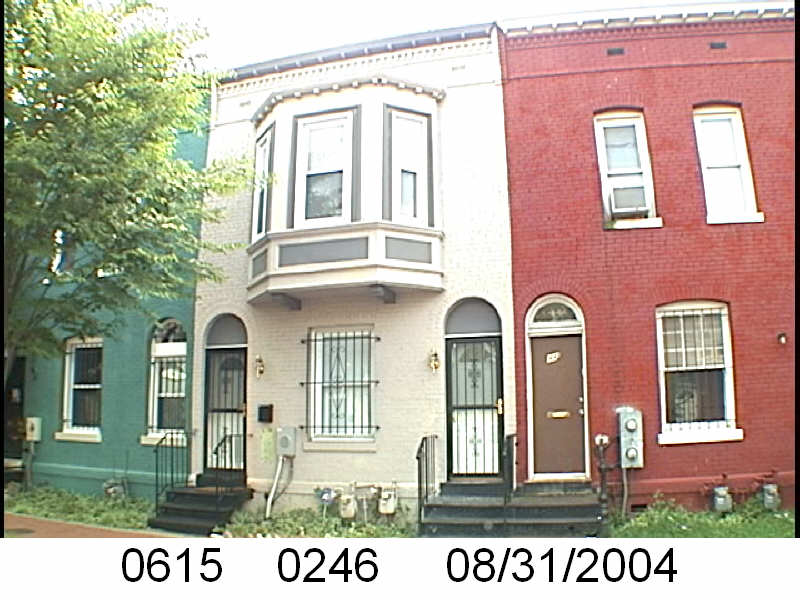In lieu of a February Black History post, WSIC continues, because it is Black History.
The Washington Sanitary Improvement Company (WSIC) was a late 19th century charitable capitalism experiment that ended in the 1950s. This blog started looking at the homes that were supposed to be sold to African American home buyers, after decades of mainly renting to white tenants.
Looking at WSIC properties they tend to have a pattern where the properties were sold to a three business partners, Nathaniel J. Taube, Nathan Levin and James B. Evans as the Colonial Investment Co. for $3 million dollars. Those partners sold to African American buyers. There was usually a foreclosure. In 1956 Nathan Levin died and Colonial Inv. Co. vice president Harry A. Badt took his place in the foreclosure paperwork. Then the property wound up in the hands of George Basiliko and or the DC Redevelopment Land Agency (RLA). Then there were the odd lucky ones who managed to avoid that fate.
Let’s see what happens with 20 Bates St NW:
- December 1950 (recorded Jan 18, 1951) Evans, Levin and Taube sold one-half of 20 Bates St NW to Goldie Mae and Jesse W. Campbell Jr.
- December 1950 (recorded Jan 18, 1951) the Campbells borrowed $3,125 from Colonial Investment Co. favorite trustees Abraham H. Levin and Robert G. Weightman.
- January 1951 Evans, Levin, and Taube sold the other half of 20 Bates St NW to King D. and Martha J. Ash.
- Jan 1951 the Ashes borrowed $3,125 from trustees Abraham H. Levin and Robert G. Weightman.
- April 1955 Mr. and Mrs. Ash sold their half to Ellsworth Gray and his mother Irene Gray.
- June 1955 the Campbells sold their half to the Grays, bringing the home under one owner.
- October 1955 the Grays borrowed $1,513 from trustees Abraham Chaifetz and Bernard Platshon in order to pay ALERT Engineering and Home Improvement Co. Inc.
- October 1955 the Campbells, and by extension the Grays, lost their home to foreclosure and it was repossessed by Evans, Levin and Taube due to an auction.
- November 1961, as part of a large property package (doc 1962000416), Badt, Evans, Taube, Nathan Levin’s survivors and their spouses sold half of 20 Bates St NW to Sophia and George Basiliko.
- Between 1971-1972 Basiliko was released from three mortgages and the next document has the DC Redevelopment Land Agency (RLA) as the owner, so we are left to assume around 1970 Basiliko sold the property to RLA.
- June 1980 (doc #8000020294) the DC RLA sold/transferred this and other properties to BSA Limited Partnership. BSA is possibly short for Bates Street Associates. It is paired with doc #8000020221 a contract between DC RLA and BSA Ltd Partnership.
- April 1982, BSA Limited Partnership, signed by general partners Lawrence J. Brailsford, George Holmes Jr and Jack W. White, returned the property to the government of the District of Columbia.
I have no idea what happened with the Grays. It’s like they lost one half to foreclosure and gave up the other. I tried to track what happened as the Colonial Investment Co only sold Basiliko half of 20 Bates. By the time the DC RLA handed it over to BSA there is no distinction between halves and wholes.











